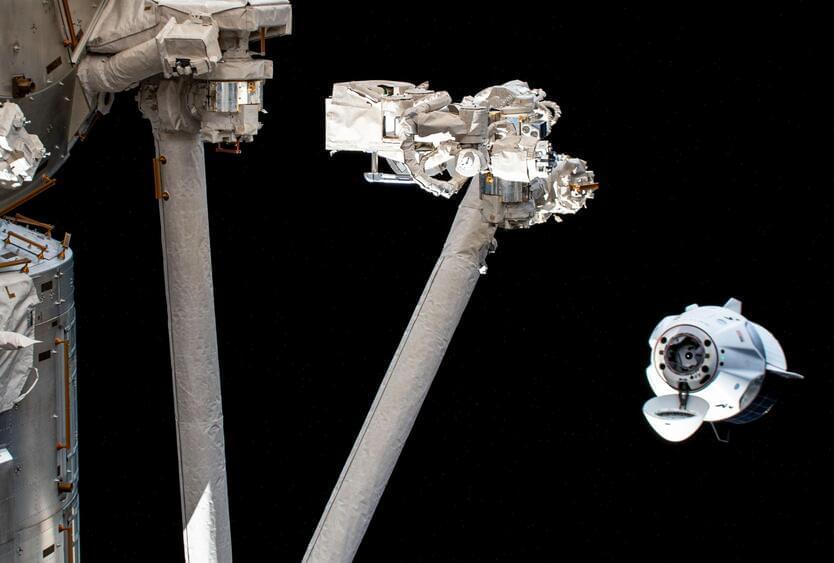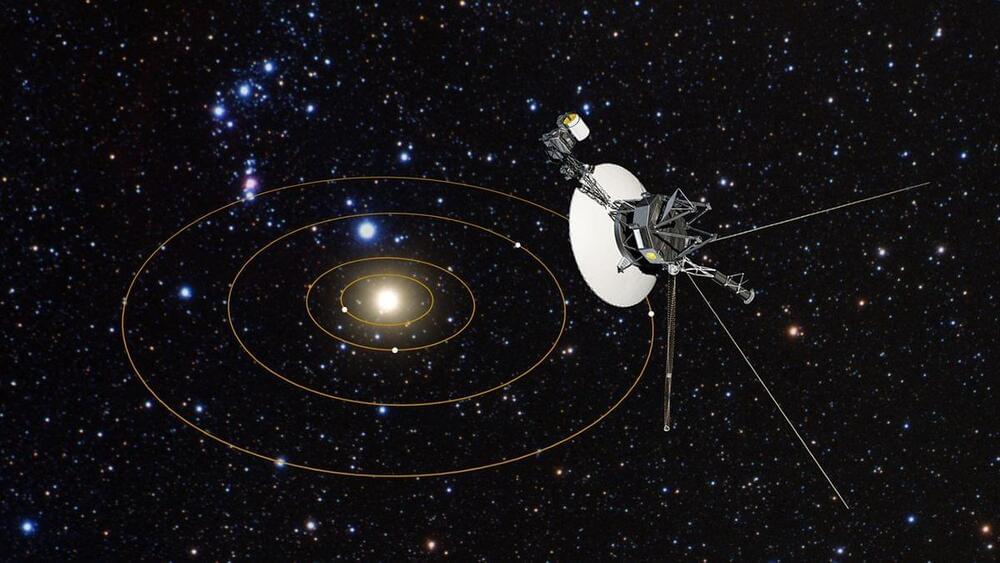Kyocera has unveiled two funds totaling $100 million for startups focused on technologies including artificial intelligence, renewable energy and mobility.


Philosopher Daniel Dennett explains how his functionalist perspective can shed some light on the apparent mystery of conscious experience. Interviewed by Louis Godbout.
(Aria from J.S. Bach’s Goldberg Variations played by Andrew Rangell, Keyboard Masterworks, Steinway \& Sons).



On this day in 1992, the Vatican admitted that Galileo was correct in believing that the earth went around the sun.
2. In the first place, I wish to congratulate the Pontifical Academy of Sciences for having chosen to deal, in its plenary session, with a problem of great importance and great relevance today: the problem of ‘the emergence of complexity in mathematics, physics, chemistry and biology’
The emergence of the subject of complexity probably marks in the history of the natural sciences a stage as important as the stage which bears relation to the name of Galileo, when a univocal model of order seemed to be obvious. Complexity indicates precisely that, in order to account for the rich variety of reality, we must have recourse to a number of different models.
This realisation poses a question which concerns scientists, philosophers and theologians: how are we to reconcile the explanation of the world – beginning with the level of elementary entities and phenomena – with the recognition of the fact that ‘the whole is more than the sum of its parts’?

Effective thermal management is essential to ensuring the performance and lifespan of modern electronics. While polymers are widely used in electronic components, they inherently exhibit poor thermal conductivity, limiting their effectiveness in dissipating heat. To overcome this, researchers have been investigating the potential of integrating highly conductive fillers, such as liquid metals (LM), into polymers.

A new computer vision system inspired by cats’ eyes could enable robots to see the world around them more accurately than ever before.
Robots, drones, self-driving cars and other autonomous systems are becoming more common, but they still struggle to see well in all environments and conditions. For example, self-driving cars perform poorly in rain or fog because these conditions affect the car’s sensors and cameras.


This clip is from the following episode: https://youtu.be/xqS5PDYbTsE
Recorded on Oct 18th, 2024
Views are my own thoughts; not Financial, Medical, or Legal Advice.
In this episode, Ray and Peter discuss 2025 predictions, Job loss in the coming years, and Ray’s thoughts on nanotech taking over the world.
Ray Kurzweil is a world-class inventor, thinker, and futurist, with a thirty-five-year track record of accurate predictions. He has been a leading developer in artificial intelligence for 61 years – longer than any other living person. He was the principal inventor of the first CCD flat-bed scanner, omni-font optical character recognition, print-to-speech reading machine for the blind, text-to-speech synthesizer, music synthesizer capable of recreating the grand piano and other orchestral instruments, and commercially marketed large-vocabulary speech recognition software. Ray received a Grammy Award for outstanding achievement in music technology; he is the recipient of the National Medal of Technology, was inducted into the National Inventors Hall of Fame, and holds twenty-one honorary Doctorates. He has written five best-selling books including The Singularity Is Near and How To Create A Mind, both New York Times bestsellers, and Danielle: Chronicles of a Superheroine, winner of multiple young adult fiction awards. His new book, The Singularity Is Nearer was released on June 25th and debuted at #4 on the New York Times Best Seller list. He is a Principal Researcher and AI Visionary at Google.
I send weekly emails with the latest insights and trends on today’s and tomorrow’s exponential technologies. Stay ahead of the curve, and sign up now: https://www.diamandis.com/subscribe.
Connect with Peter: